Nuclear Bombs: The Most Dangerous Weapon That Ever Made
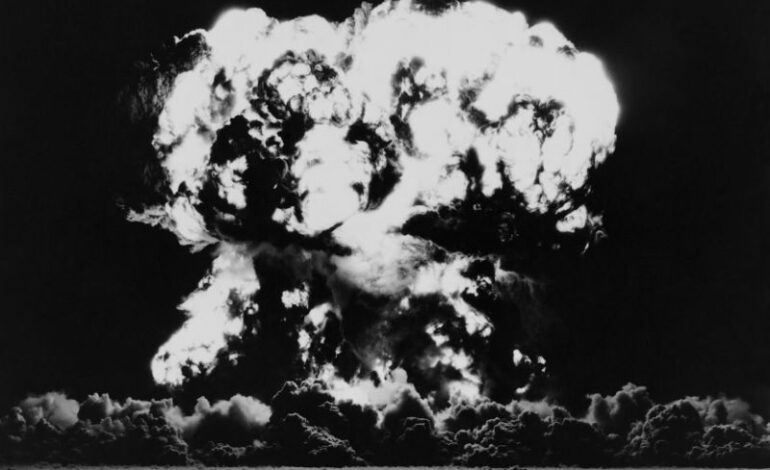
Introduction to Nuclear Bombs
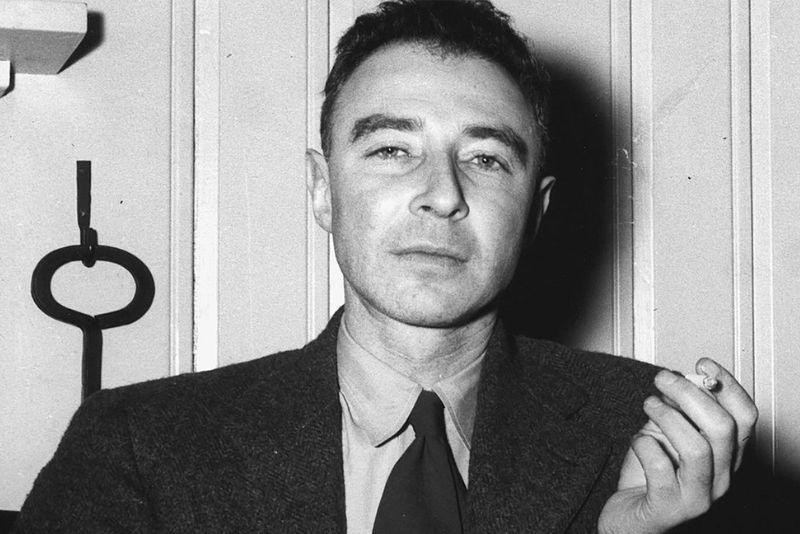
The development and proliferation of nuclear weapons have had a profound impact on global security and geopolitics. From their inception during World War II to the present day, nuclear bombs have shaped international relations and the threat of catastrophic destruction. This essay will explore the history, testing and deployment, types, fusion weapons, and the countries possessing nuclear weapons, highlighting the significance and implications of these powerful and destructive arms.
History of Nuclear Bombs
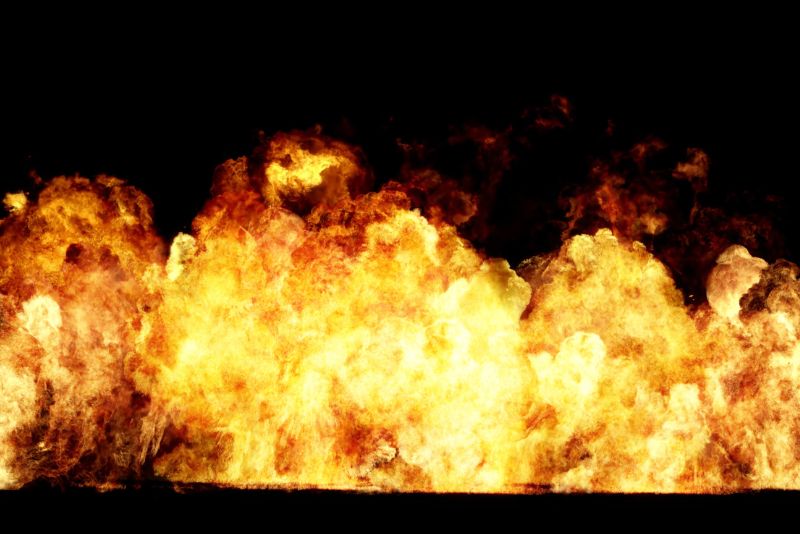
The saga of nuclear bombs unfolds as a cautionary tale of mankind’s quest for power and the harrowing consequences that accompany it. The genesis of these formidable weapons can be traced back to the clandestine corridors of the Manhattan Project, a groundbreaking endeavor during World War II that birthed the world’s first atomic bomb. The pivotal moment arrived in 1945 when the world bore witness to the cataclysmic impact of nuclear warfare as the United States unleashed atomic devastation upon the cities of Hiroshima and Nagasaki in Japan. The haunting shadows of those bombings cast a somber reflection on the ethical dilemmas surrounding the use of such unfathomable destructive force in the theater of war.
Testing and Deployment

Post-World War II, the Cold War era plunged the world into a chilling standoff between superpowers, the United States and the Soviet Union, igniting a frenzied arms race that reverberated across the globe. Remote landscapes bore witness to the thunderous echoes of nuclear tests as scientists meticulously honed the capabilities of these weapons, pushing the boundaries of destructive potential. The strategic deployment of nuclear arsenals across land, sea, and air platforms heralded a new era of warfare, where the specter of mutually assured destruction loomed large, casting a shadow of uncertainty over international relations.
Types of Nuclear Bombs
Within the arsenal of nuclear weaponry lie two distinct categories of devastation: fission and fusion bombs, each bearing its own ominous legacy of destruction. Fission bombs, known as atomic bombs, derive their lethal potency from the process of nuclear fission, where atomic nuclei split, unleashing a torrent of energy in a blinding inferno. In contrast, fusion bombs, the crown jewels of nuclear armaments, harness the fury of nuclear fusion, where light nuclei merge to form heavier elements, unleashing a cataclysmic force unrivaled in its destructive capacity. The evolution of these weapons epitomizes humanity’s mastery over the forces of nature, teetering on the precipice of annihilation.
Fusion Weapons
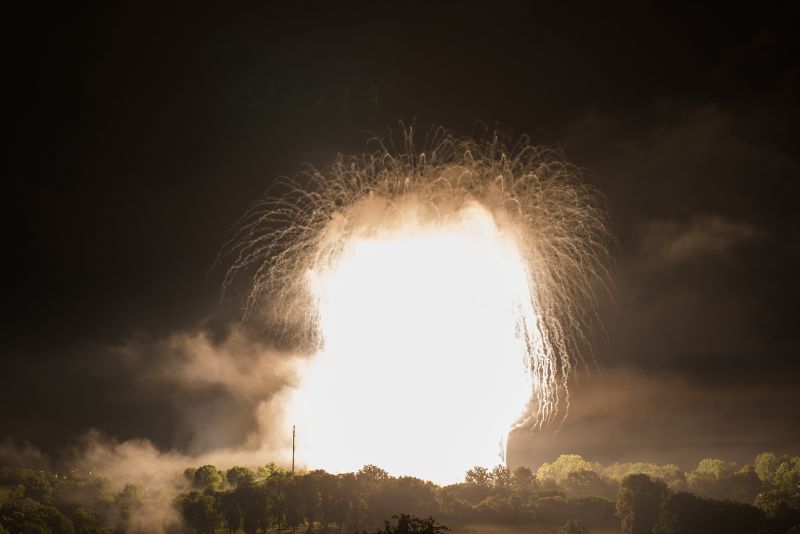
At the pinnacle of nuclear weaponry stand fusion weapons, the epitome of man’s insatiable thirst for power wielded through the crucible of nuclear fusion. These thermonuclear behemoths harness the fiery embrace of fusion reactions, replicating the stellar infernos that illuminate the cosmos. The intricate dance of nuclei in thermonuclear bombs unleashes a maelstrom of energy, dwarfing their fission counterparts in sheer destructive might. The advent of fusion weapons heralds a sobering reminder of humanity’s capacity for both creation and destruction, poised on a razor’s edge between innovation and annihilation.
Countries with Nuclear Weapons
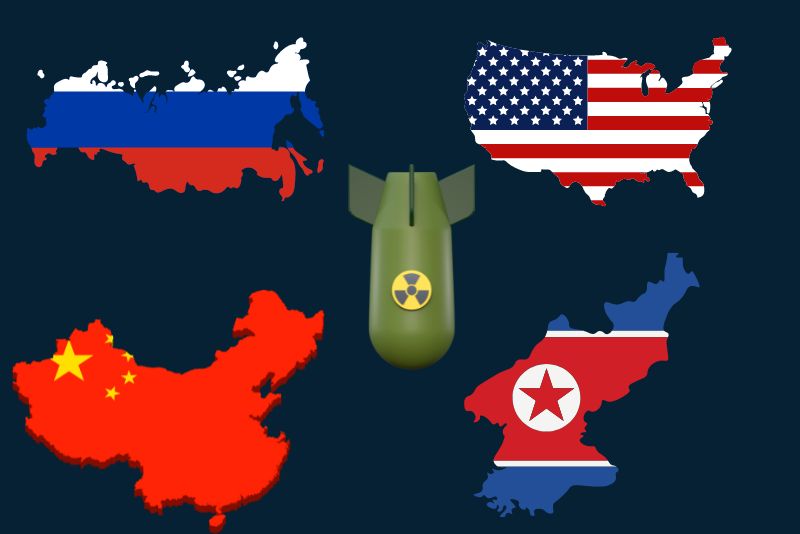
In the present epoch, a select cadre of nations stand as custodians of nuclear arsenals, wielding the power to reshape the course of history with the push of a button. The United States, Russia, China, France, the United Kingdom, India, Pakistan, Israel, and North Korea comprise the exclusive club of nuclear-armed states, each bearing the weighty responsibility of safeguarding and controlling the awesome power of these weapons. The geopolitical landscape is etched with the delicate dance of nuclear deterrence, arms control diplomacy, and the perpetual specter of proliferation, underscoring the imperative of global cooperation to navigate the treacherous waters of nuclear security.
Conclusion
In summation, the narrative of nuclear bombs weaves a tapestry of triumph and tragedy, underscoring the dual nature of human ingenuity and folly. From the crucible of the Manhattan Project to the intricate geopolitics of the modern era, the specter of nuclear weapons looms large, casting a shadow of uncertainty over the fate of humanity. As the world grapples with the existential threat posed by these weapons of mass destruction, the imperative of nuclear disarmament and non-proliferation emerges as a beacon of hope in a world teetering on the brink. The legacy of nuclear bombs serves as a stark reminder of the fragile balance between progress and peril, urging us to tread cautiously on the precipice of annihilation.










![Top 5 Most Powerful Mysterious Creatures Of All Time[Updated 2024]](https://newsdailybeats.com/wp-content/uploads/2024/06/mystery-creatures-1.jpg)